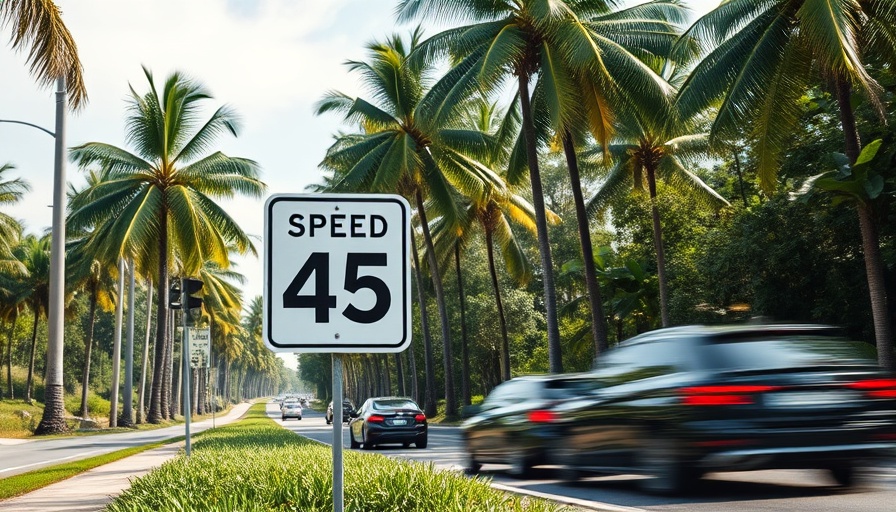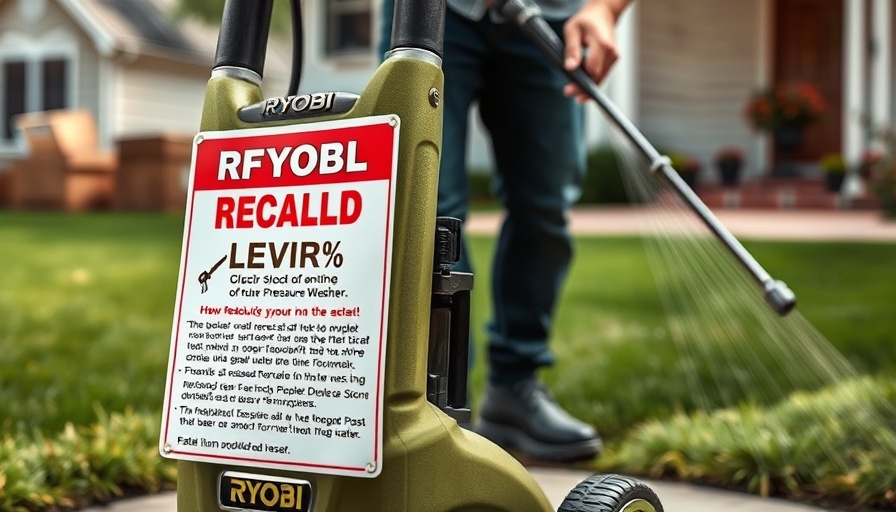
Understanding the Science Behind Speed Limits
Speed limit science is an intriguing blend of engineering, psychology, and community dynamics. The origins of speed limit determination can be traced back to the early days of the automobile. In essence, these limits are designed to enhance road safety and efficiency. According to Nathan Kautz, a transportation engineer, speed limits in the U.S. are primarily based on guidance from the Federal Highway Administration (FHWA) Manual of Uniform Traffic Control Devices (MUTCD). This manual takes into account factors like roadway characteristics, geographic context, and historical crash data.
The 85th Percentile Rule: A Controversial Basis
One of the most debated methods of setting speed limits is known as the 85th Percentile Rule. This approach posits that speed limits should be based on the speed at which 85% of vehicles travel on that road. While this method takes into account actual driver behavior, it has been criticized for potentially encouraging higher speeds that may not be safe. Critics argue that focusing solely on vehicle speed overlooks important aspects like traffic density and pedestrian safety.
Local Variability: A Patchwork of Speed Limits
Interestingly, speed limit settings vary significantly across the United States. While federal guidelines exist, each state exercises its authority to adjust speed limits based on local conditions. This variability can result in confusing discrepancies even within the same municipality, leading to debates about which limits should be revised and under what circumstances. This localized approach suggests that perhaps one size does not fit all when it comes to speed management.
The Impact of Technological Advancements
As vehicles become smarter, so too does the conversation around speed limits. Advances in automotive technology, such as adaptive cruise control and collision avoidance systems, are altering how we think about safe driving speeds. Transportation experts argue that speed limits should evolve alongside these innovations—ensuring roads are safer for all users, including pedestrians and cyclists. In this context, we might ask ourselves whether our current speed limit policies are outdated.
The Future of Speed Limit Regulations
Looking forward, many transportation experts call for a comprehensive review of how speed limits are set. Some suggest incorporating more data-driven methodologies, while others advocate for a community-focused approach that assesses the needs and experiences of those who use the roads. Engaging residents in discussions about speed limits can foster a sense of shared ownership over local traffic policies and build trust within communities.
Call to Action: Participate in Change
How we set speed limits directly impacts our communities. As residents, we can advocate for more inclusive and effective speed limit policies. Whether it’s attending local city planning meetings or voicing our opinions online, our engagement can drive constructive changes to enhance road safety and accessibility for everyone. It’s crucial to not only understand how these limits are set but also to participate in the ongoing discussion surrounding them. Join in the conversation and help shape the future of safer roads!
 Add Row
Add Row  Add
Add 




Write A Comment